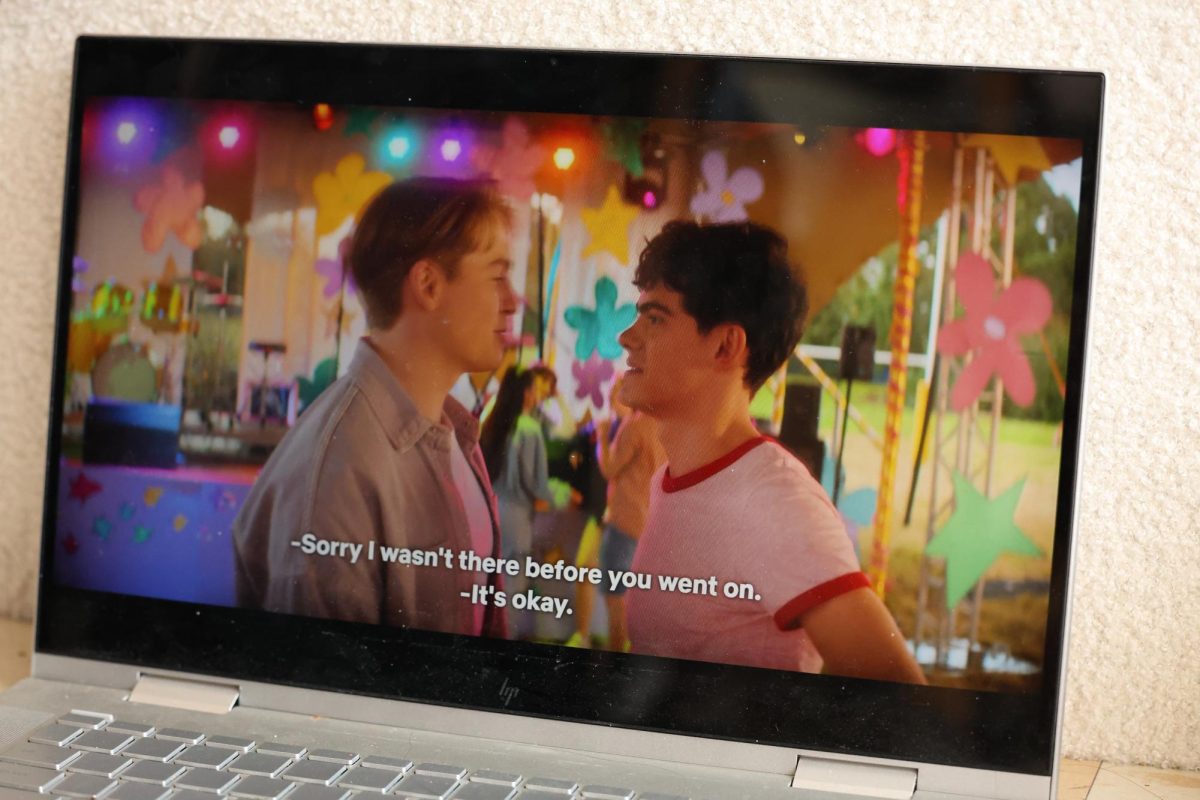By Robert Frerich

Salzburg, Austria — A town made famous for being the backdrop for Rodgers and Hammerstein’s The Sound of Music — has much more to offer than one would think. This often-underrated gem nestled in the foothills of the Alps is one of the most beautiful and friendliest cities to which I have traveled. I had the privilege of visiting Salzburg two years ago during Christmas break, and it opened my eyes to an entire side of Europe that I had never seen.
Continuously populated since it was a part of the Roman Empire in 15 B.C., Salzburg has been a part of some of the world’s greatest empires. Its name comes from the Salzach River which divides the new and old (Alstadt) town and means “salt castle.” As a minor, yet wealthy city in the Roman, Holy Roman, Duchy of Bavaria, Austrian and Austro-Hungarian Empires, Salzburg has a rich history which is evident in its architecture and its people.
As a town only a half-hour from the present-day German border, Salzburg was one of the cities first occupied by the Nazis during the Anschluss of Austria in 1938. However, Salzburg and its old town remained mostly intact from Allied bombings, and is one of only a handful of cities still in existence with extensive preserved Baroque architecture. It remained under German control until American liberation in May 1945, and was the center of the American-occupied territory in Austria.
Salzburg is the birthplace of Mozart and his family home still stands as a museum today. However, Salzburg rose to international fame in 1965 with the release of the film adaption of The Sound of Music, starring Julie Andrews as Maria, a young Salzburgian postulate who is sent to be the governess to Captain Georg von Trapp’s (Christopher Plummer) seven children and later helps the family escape from Nazi-occupied Austria. The movie, heavily inspired by the Trapp family’s actual experiences, was shot around Salzburg and highlights many of its beautiful buildings and gardens, like Nonnberg Abbey, Mirabell Palace (the location of the song “Do-Re-Mi”) and Schloss Leopoldskron (used as the Trapp family home and gazebo).
Baroque, Romanesque and Gothic churches and towers dot the city’s landscape and the 1000-year-old, well-preserved Hohensalzburg Castle, a medieval fortress, dramatically hangs hundreds of feet above the old town on Festungsberg Hill. If you have the opportunity, take the cable car to the top for spectacular views of the entire city and the awe-inspiring Untersberg Mountain that serves as the backdrop of Salzburg.
The city’s many public squares and markets make Salzburg feel open and inviting. During the entire month of December, Salzburg’s massive Christmas market sells beautiful handmade goods and some of the most delicious examples of German/Austrian cuisine, like the Sacher Torte. As well, in July and August, Salzburg is home to the world-renowned Salzburg Festival, a music and drama festival that has been held since 1920 that sells out almost a year in advance and is visited by some of the largest names and acts in opera, classical and orchestral music.
What truly makes the city unique is its small-town feel surrounded by grand, European elegance of a bygone empire. The city is filled with hundreds of restaurants and beer halls, but the cafe is at the heart of Austrian life. Austrians both young and old spend hours at its cafes each day catching up with friends and reading news. No visit to Salzburg is complete without stopping by one.
All in all, Salzburg is a place steeped in rich history and offers more than meets the eye. I hope all of those who are studying or will study abroad, and to anyone who may find themselves in Europe to please give Salzburg a chance. I am certain its enchanting and unique atmosphere will enamor others as it did me.





































































































































































































